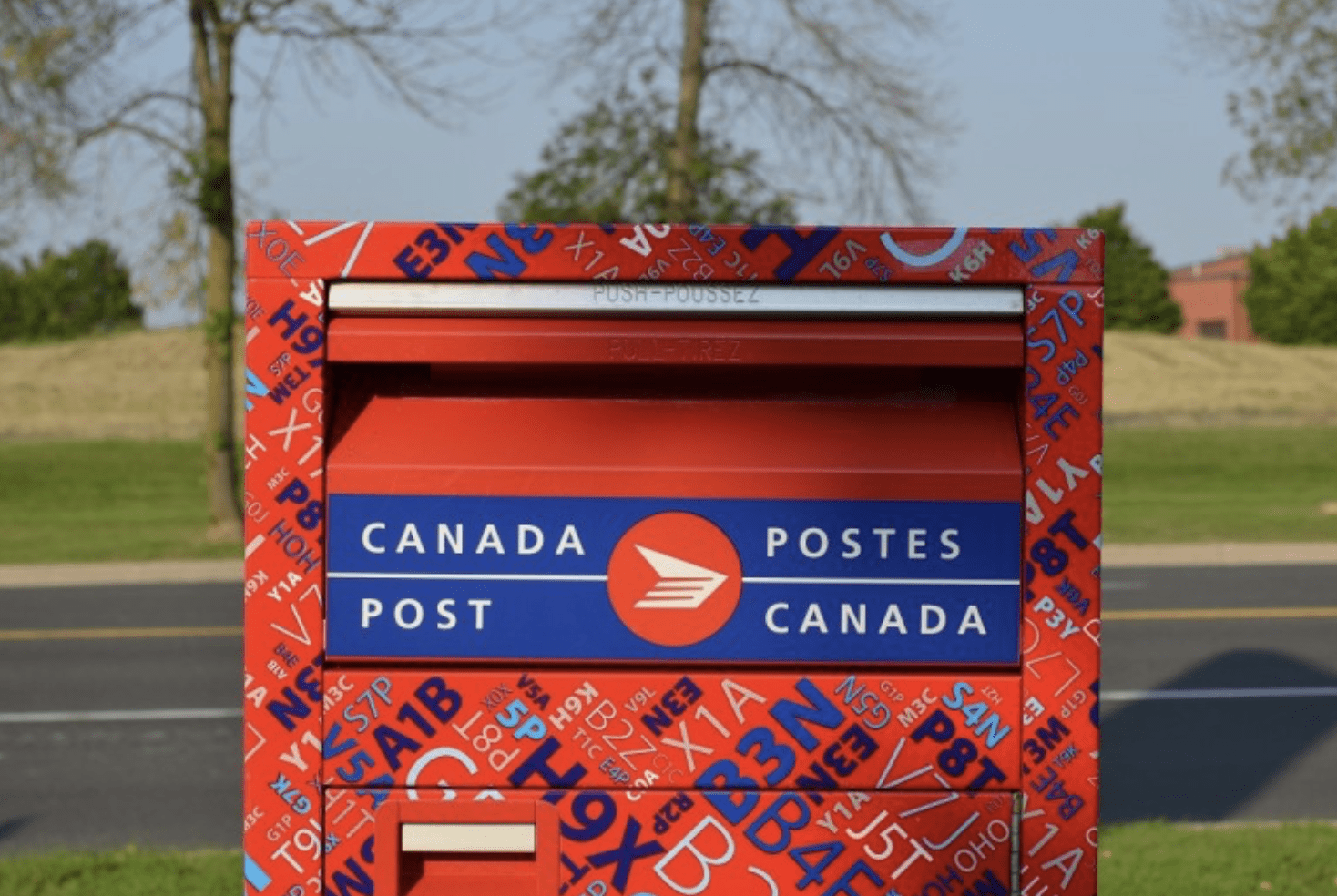Canada Post is teetering on the brink of financial ruin. A May 3, 2024 news release listed a loss of $748 million (before tax) during the 2023 fiscal year. Several contributing factors were mentioned, including the 157-year-old Crown Corporation being “negatively impacted by the post-pandemic surge in parcel delivery competition, the ongoing erosion of Transaction Mail, and continued growth in addresses and delivery costs.”
It was then reported by the Canadian Press on January 24 that the federal Liberal government was going to issue a $1.034 billion loan to Canada Post. It would help ensure the operation could be maintained during this period of “significant financial challenges.” The massive repayable loan would be received during the 2025-26 fiscal year.
Incredibly, this may not be enough to help Canada Post survive.
While Ottawa’s loan will help “maintain its solvency and continue operating,” the Crown Corporation’s structural issues remain intact. The massive annual losses incurred since 2018 were “fuelled by rapid changes in the postal and parcel delivery sectors, high labour costs and legacy regulatory measures.” These deficiencies won’t be rectified anytime soon.
Canada Post isn’t funded by taxpayers, but Ottawa is involved in various approval stages, including its corporate plan. Considering the fact that it’s lost about $3 billion over the past five years, Ottawa shouldn’t have considered making a billion dollar loan, repayable or not. Rather, it should have recommended that Canada Post switch over to a full privatization model.
What could this entail?
I’ve suggested several ideas in past columns that could be considered. Competitive rates for postage stamps, packages and overnight courier services. Cost-cutting measures related to wasteful spending. Fiscally sound strategies for rural delivery and super mailboxes in the suburbs. Making a formal break with its labour union to more effectively employ and utilize staff. Opening up the free market to private enterprise to establish real competition for mail delivery and postage rates.
There are several privatization models that I’ve suggested for government-run postal services like Canada Post and the United States Postal Service. There’s one that has always stood out for me above all others: Lysander Spooner’s privately-run post office.
Spooner was a 19th century political thinker. His philosophy fit within several ideologies, including libertarianism, anarchism and the odd-sounding free market socialism. He was also a lawyer, abolitionist, pro-labour and natural rights advocate.
Spooner launched the American Letter Mail Company in 1844. It served as a direct competitor to the U.S. postal service monopoly, which frustrated him due to excessive government interference, extensive regulation and high postage rates. He wrote on Feb. 28, 1844 in the American & Commercial Daily Advertiser that his business model would provide “the most extensive facilities for correspondence that can be afforded at an [sic] uniform rate of postage.” His pro-free market, pro-competition philosophy was also outlined in The Unconstitutionality of the Laws of Congress, Prohibiting Private Mails. The “power given to Congress, is simply ‘to establish post-offices and post roads’ of their own,” he wrote, “not to forbid similar establishments by the States or people.” Moreover, there’s “nothing in the nature of the business itself, any more than in the business of transporting passengers and merchandise, that should make it a monopoly, either in the hands of the government or of individuals.”
Offices were established in major U.S. cities like New York, Baltimore, Boston and Philadelphia. Significantly lower rates for stamps were offered to its consumer base. Agents travelled with the letters by train and boat, and passed them onto messengers who delivered them. The company flourished in its first few years, and customers appeared to be quite satisfied.
The U.S. government was furious. They tried to eliminate their direct competitor at every turn. Stamp rates were reduced from 18 3/4 cents (the typical cost of mailing a letter from Boston to New York) and 25 cents (from Boston to Washington, D.C.) to 12 cents. The American Letter Mail Company’s rates, which were 6 1/4 cents for postage per half-ounce and 20 stamps for a dollar, were reduced even further. Free local delivery was also offered to entice consumers to keep using this private mail service.
The matter was thrown into the courts. The U.S. Circuit Court sided with Spooner and questioned the legitimacy of a government monopoly for mail delivery. This led to a dramatic legal showdown and, predictably, climatic finish.
“In 1851, Congress again lowered rates and simultaneously enacted a law to protect the government’s monopoly on the distribution of mail,” Lucille J. Goodyear wrote in the January 1981 issue of American Legion Magazine. “Whereas threats of jail had not fazed or dampened Spooner’s zeal in the fight, the latter move by Congress forced him into defeat.” Congress’s actions, combined with Spooner’s financial resources having dried up, led to his company’s closure that year.
Spooner’s seven-year experiment was a success, all things considered. He proved that a privately-owned mail company could offer affordable stamp prices and more efficient services in a truly competitive marketplace. Could the same thing be attempted in Canada? While it’s highly unlikely that a left-leaning, state-centric Prime Minister like Justin Trudeau (or his likely successor, Mark Carney) would ever consider it, maybe a right-leaning, free market-oriented Prime Minister like Pierre Poilievre would.
Michael Taube, a longtime newspaper columnist and political commentator, was a speechwriter for former Canadian prime minister Stephen Harper.






